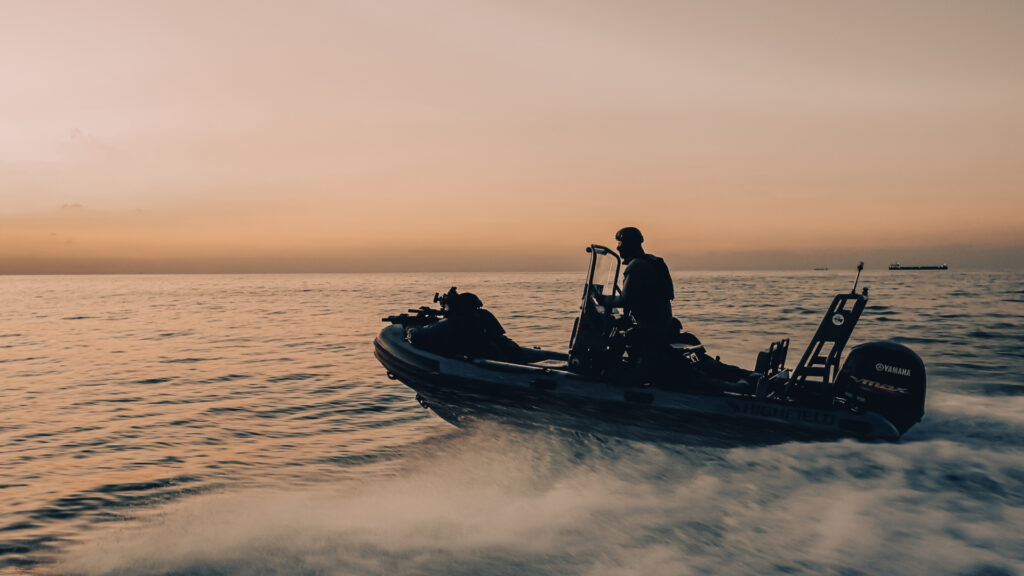
Company news·22 Dec 2025
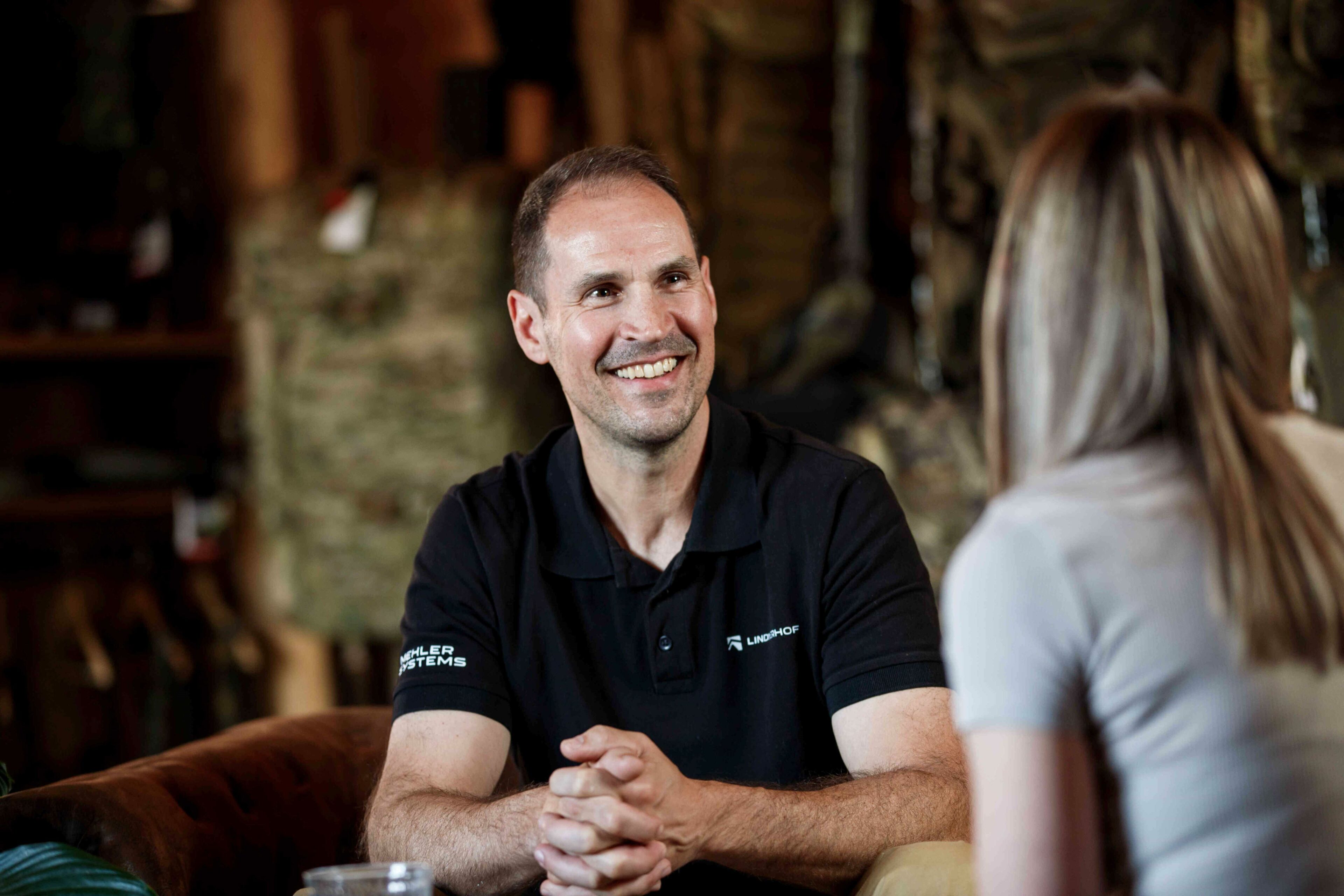
LENGGRIES, GERMANY (15.05.2025)
When Jakob Kolbeck discusses tactical gear, it’s with the insight of someone who’s worn it in the field. In our recent interview, the Managing Director of Lindnerhof shared how real-world experience shapes the company’s design philosophy—putting end-user needs, modularity, and innovation at the heart of every product.
Lindnerhof specialises in high-performance load-carrying systems and tactical gear for military, police, and special forces. Best known for its lightweight plate carriers, modular pouches, and belts, the company focuses on durable solutions that adapt to diverse mission profiles.
Jakob Kolbeck’s journey into the world of tactical gear innovation is shaped by his extensive background in special operations. His experience as an operator, including his time as a military mountain guide, has become a guiding force in how Lindnerhof designs and manufactures gear. Kolbeck believes that his operational experience directly informs the company’s approach to product development.
“My career in special operations taught me how to quickly adapt to changing situations and to make decisive decisions under pressure.”
"That mindset—the ability to 'plan, do, check, act'—is ingrained in everything we do at Lindnerhof. It’s about constantly evolving and improving," he explains.
One of the standout products that reflects this approach is Lindnerhof’s tactical climbing harnesses. These products were born out of Kolbeck’s real-world experience, combining his knowledge as both a special operations forces (SOF) operator and military mountain guide.
“The tactical climbing harnesses are a perfect example of how our operational experience shapes our designs. They aren’t just functional—they’re practical solutions for real-life problems we’ve encountered in the field,” Kolbeck shares.
Lindnerhof’s product design philosophy revolves around one central principle: functionality first. Kolbeck emphasises that the company never compromises on operational requirements to make products more commercially attractive or comfortable. Every piece of gear is designed with the user’s needs in mind, and that means ensuring functionality always takes priority over unnecessary features.
“We never add features that don’t serve a real tactical purpose,” Kolbeck says. “For example, we wouldn’t add extra padding to a plate carrier if it compromises the operator’s ability to properly shoulder a rifle. Every design decision is made with the operator’s mission in mind.”
This focus on practicality leads to consistent innovation. While Lindnerhof is always striving to improve, Kolbeck stresses that innovation is driven by problem-solving rather than simply following trends.
"Innovation for us doesn’t mean creating something new just for the sake of it. We innovate to solve real problems," Kolbeck explains.
“When we develop new gear, it’s always because we see an opportunity to improve functionality, whether it’s making gear more intuitive to use or enhancing its durability in extreme conditions.”
One of the most important factors in Lindnerhof’s design process is operator feedback. Kolbeck makes it clear that feedback from military and law enforcement professionals is essential in refining and improving their products.
“We don’t pretend to have all the answers,” Kolbeck admits. “Feedback from real users—especially from elite special units—is crucial. They are the ones who truly test our products in the most demanding environments. Without their input, we would risk developing gear that doesn’t meet the real-world demands of the field.”
This feedback loop is integral to Lindnerhof’s development process, ensuring that each product is not only tested but validated by those who rely on it most.
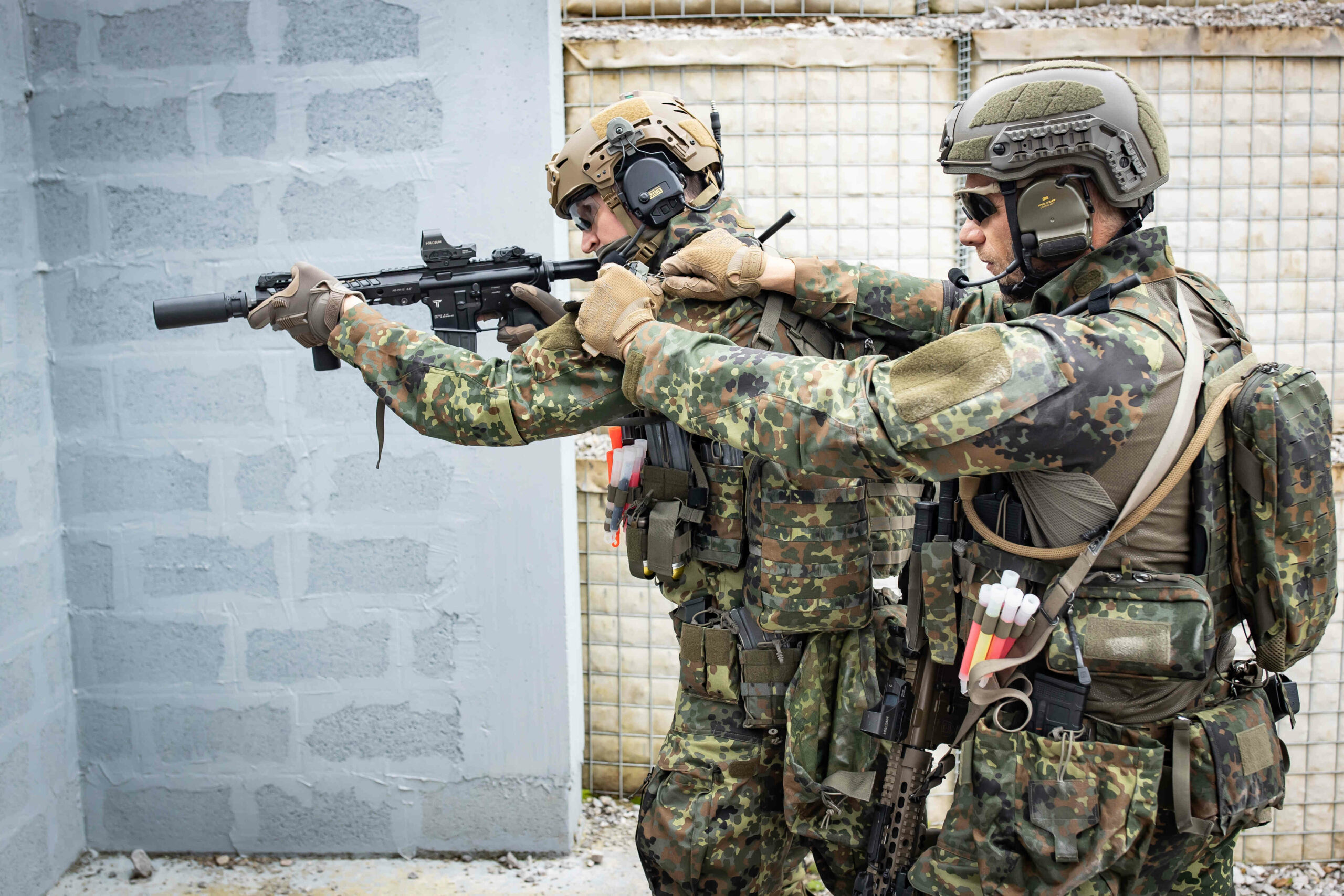
Kolbeck also addresses the challenge of balancing durability, weight, and adaptability in product design. Lindnerhof’s approach is to always start by understanding the operational requirements, and only then determining the appropriate design elements.
“A product’s weight isn’t the first thing we consider. Instead, we focus on performance requirements. For instance, our ultralight plate carrier was designed not with weight reduction as the primary goal, but with the goal of meeting specific performance needs. Only after that did we focus on weight reduction without compromising durability,” Kolbeck explains.
This philosophy is especially critical for Lindnerhof’s modular systems, which allow operators to adapt their gear to specific mission needs.
“Modularity is fundamental to our design. It allows the operator to customise their gear, and that’s a crucial aspect in today’s operations, where every mission has its own set of requirements. We’re constantly looking at how to improve the modularity of our products,” Kolbeck says.
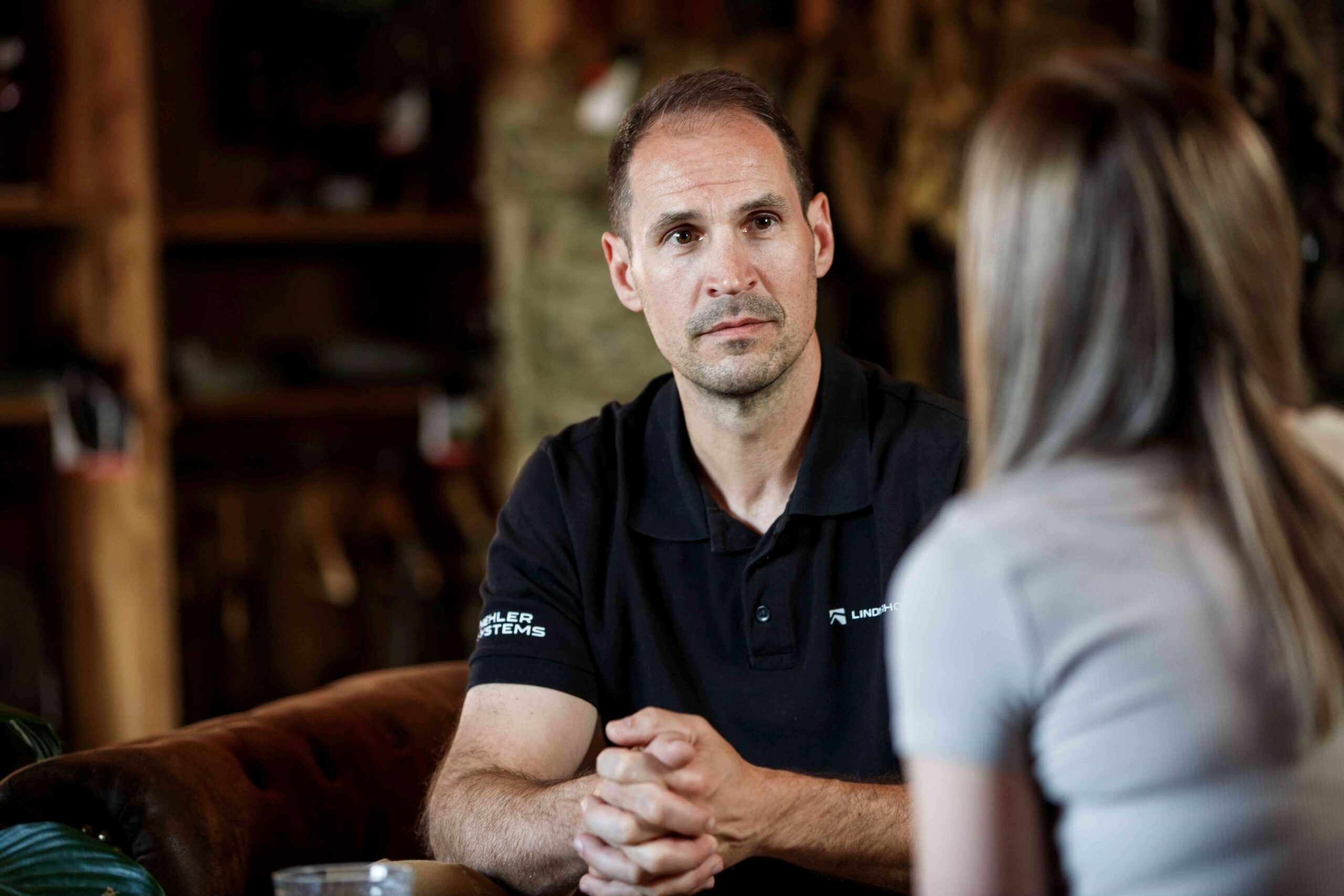
Lindnerhof’s role within Mehler Systems plays a crucial part in advancing integrated protective solutions. For Jakob Kolbeck, collaboration across the group’s specialist brands—especially with Mehler Protection—is fundamental to innovation.
“Within Mehler Systems, we collaborate closely with the other brands, particularly in ballistics. This allows us to not only improve protection levels but also to enhance the overall integration of systems. For example, the M.U.S.T. system perfectly illustrates how our work with Mehler Protection has led to significant improvements in operator safety and mobility,” Kolbeck explains.
M.U.S.T.—Modular Universal Scalable Technology—is a mission-configurable protection system built around a scalable plate carrier concept. Designed for military and police applications, it allows users to tailor their level of protection by combining modular ballistic and textile components—such as upper arm, rib, and thigh plates—via precisely engineered interfaces.
From lightweight plate carriers to full-coverage setups, M.U.S.T. offers high adaptability, enabling operators to upgrade or downscale within seconds based on mission requirements. It exemplifies Lindnerhof’s integrated approach to functionality, mobility, and protection.
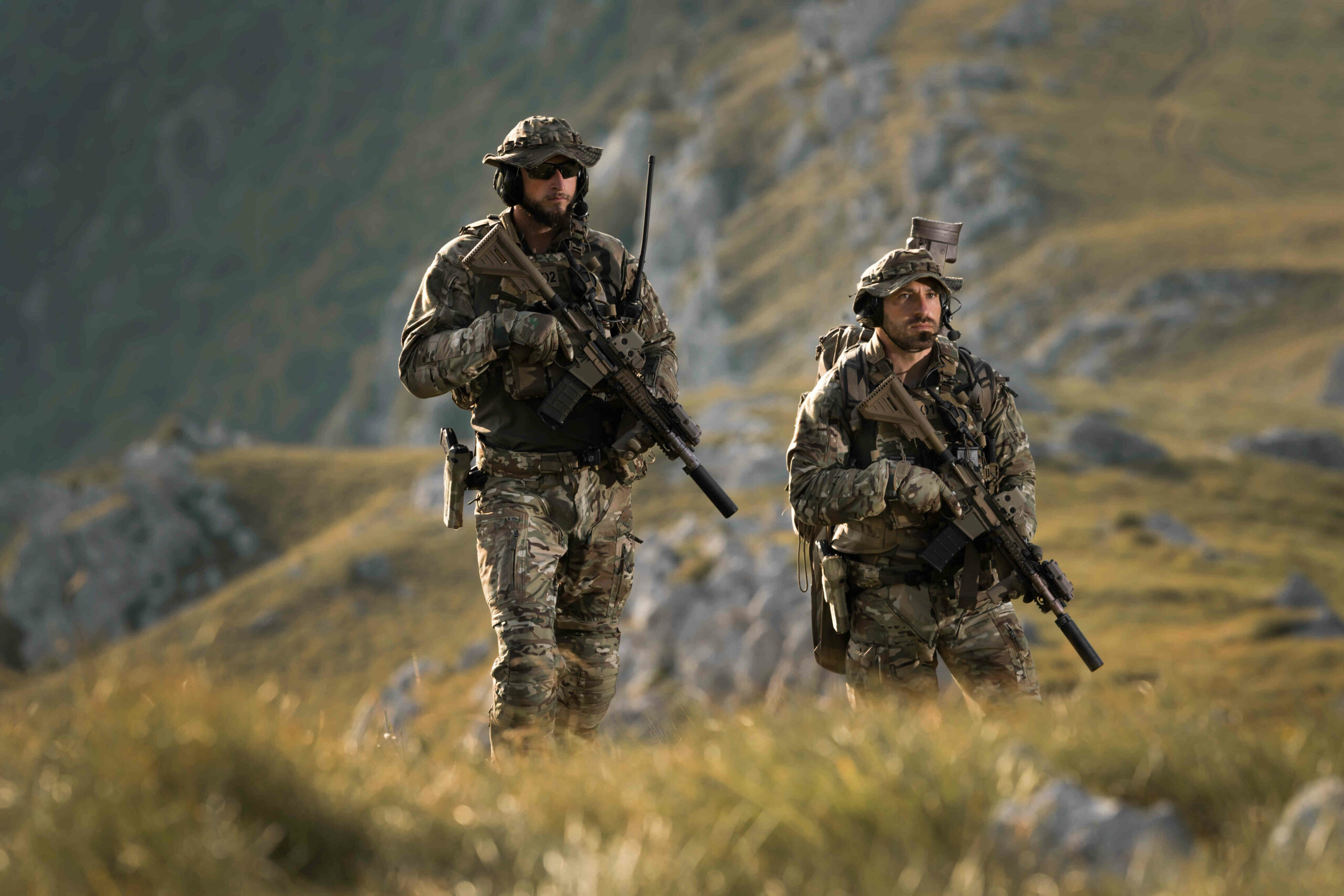
Looking ahead, Kolbeck is keenly aware of the industry’s evolving needs, particularly in the face of global conflicts and changing tactical doctrines. The war in Ukraine, for example, has led to a shift in priorities for military organizations, which in turn affects product development.
“The dynamics of modern warfare are changing, especially with the lessons learned from conflicts like Ukraine. Military forces are adjusting their strategies, and we need to stay ahead of these shifts by continuously improving our products,” Kolbeck says.
He also acknowledges the increasing demand for modular protection systems and lightweight solutions, especially as law enforcement faces new challenges, such as active shooter incidents.
“Law enforcement is dealing with its own set of challenges. We’re already working on new modular protection systems tailored specifically for police forces,” he reveals. “We’re not just reacting to changes in the industry—we’re actively anticipating the needs of the future.”
With an eye on the future, Kolbeck is excited about upcoming innovations at Lindnerhof. The company is developing several new carrying solutions that promise to enhance performance for both military and police operators.
“We’ve got three new carrying solutions in the pipeline, and I believe each of them will have a significant impact on the way operators perform in the field. It’s an exciting time for us, and I’m looking forward to seeing how these innovations will shape the future of tactical gear,” Kolbeck concludes.
As Lindnerhof continues to evolve, its commitment to operator-driven design, collaboration, and cutting-edge innovation will ensure it remains at the forefront of tactical gear development, meeting the ever-changing demands of special forces, military, and law enforcement professionals worldwide.
Learn more about Lindnerhof.